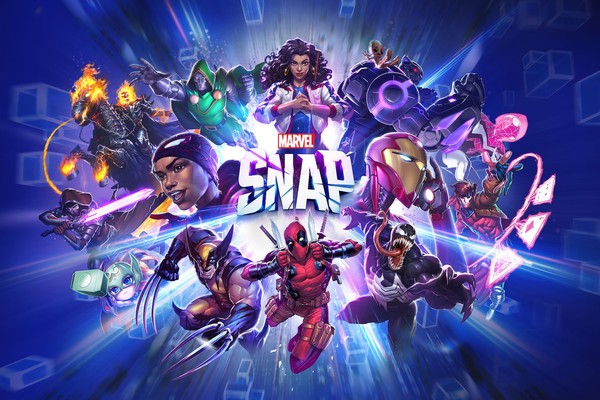Since the early days of my childhood, Trading Card Games (TCGs) were one of my biggest fascinations, a fervor that refused to die out. However, the times have changed. The world accelerates at a daunting speed, leaving behind traditional forms of entertainment and opening new horizons with digital platforms. Card games are no exception; but with the success of Hearthstone in 2014, what was once thought to be defective and outdated became a cult of card games in a new format now known as Collectible Card Games (CCGs).
Now in its waning popularity, many different forms of CCGs such as Legends of Runeterra (LoR) and GWENT have attempted to leave their mark in the hall of fame. They met varying success, yet none too successful. Even taking into account that I have changed over the course of time, I found the latecomers to be somewhat lacking. Many attempted to minimize the extensive duration of TCGs to suit the needs of users, but the adaptations were just not perfect. Not to mention, some cheap mobile CCGs only intended to rip off the intellectual properties of popular culture. However, I can say that MARVEL SNAP is not one of them.

Even popular CCGs such as Hearthstone and LoR have lost some of their initial popularity, as did many TCGs in the past. There is no doubt that they are still one of the most successful CCGs, but multiple problems can arise in a CCG game, such as power inflations, loss of replayability, and difficulties in balancing corporate and user concerns. If these problems persist, only a small pool of users would remain to sustain the game, exacerbating the problem. Though I did come back a few times to enjoy the nostalgia, I spent a long time searching for a new CCG that would satisfy me.
When I first saw the advertisement for the game, my perception of it was nothing but critical. My former experiences with Marvel IP games and poorly assembled CCGs had left a bitter taste in my mouth. I tried the game only after I heard it was developed by Ben Brode, former director of Hearthstone in its heyday. Everything changed the moment I got into it — an experienced team of developers, Second Dinner Studios, had done a wonderful job in creating a well-cut system. An average game of Marvel SNAP lasts around three minutes. Within this short amount of time, two players are given six turns to compete to outscore each other. The maximum size of each deck is also an astonishing size of twelve cards, lightening the load of the deck — allowing easy customization. Amazingly casual, MARVEL SNAP has shown the epitome of what mobile CCGs should look like.
This lightness should not, however, be seen as a lack of depth, as the developers have created room for great intensity and strategy as well as variety. This comes from more than 200 cards available to the users and different kinds of “locations” that appear in each game. Locations are fields given to the players to play their cards, each with their own powers that add variety to the game. And since three random locations are chosen each game, every game is unique with different players and cards at hand. In many CCGs, such random elements were approached with caution; as a mechanic out of the players’ control, it could seriously affect the game balance. But in SNAP, the randomness of the locations does not hurt the balance of the game but instead augments it, as different powers can interact differently with different archetypes. I was at awe when I realized the in-game architecture could be so well adjusted to affect user experience and reception. Not only does it maintain balance, it helps to greatly increase the replayability of SNAP, reeling users into playing again and again.
Speaking of user experience, SNAP is also a very pleasant game to play. I have not felt the pressure to “grind”, a term used to indicate repeating dull tasks to unlock in-game objects or experiences. The combination of art style and Marvel IP is also well represented to engage the franchise’s fans. However, what’s most attractive is the poker-like system that allows players to wage on the outcome of the game, deciding how many “cubes” — a determining factor of the in-game rank system — are at stake. This helps to mediate the random bias players may experience, since one could opt out if they feel they don’t have what it takes to win the game. This system alleviated much of the negative user experience and added a new layer of intellectual warfare to the game. While there is so much more that could be said, I can only say that MARVEL SNAP was not made in a snap of a finger.

